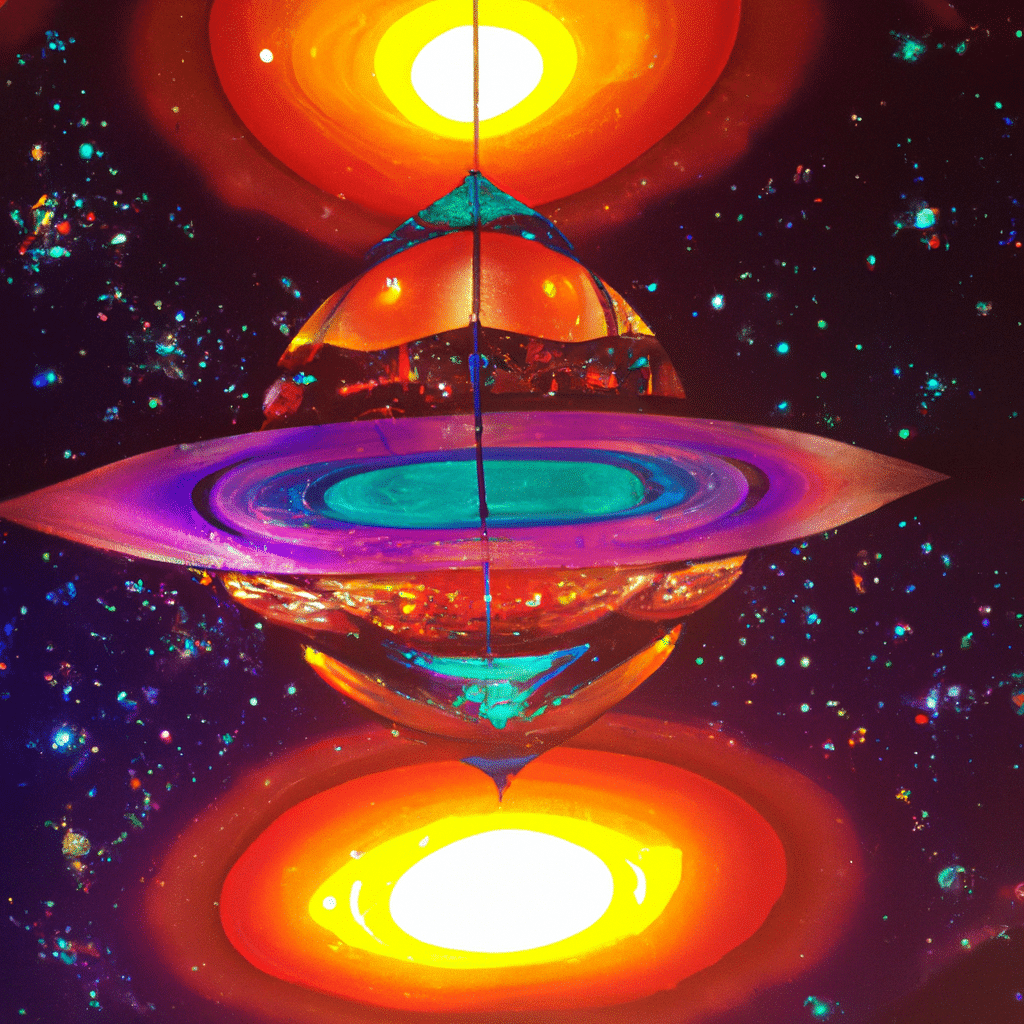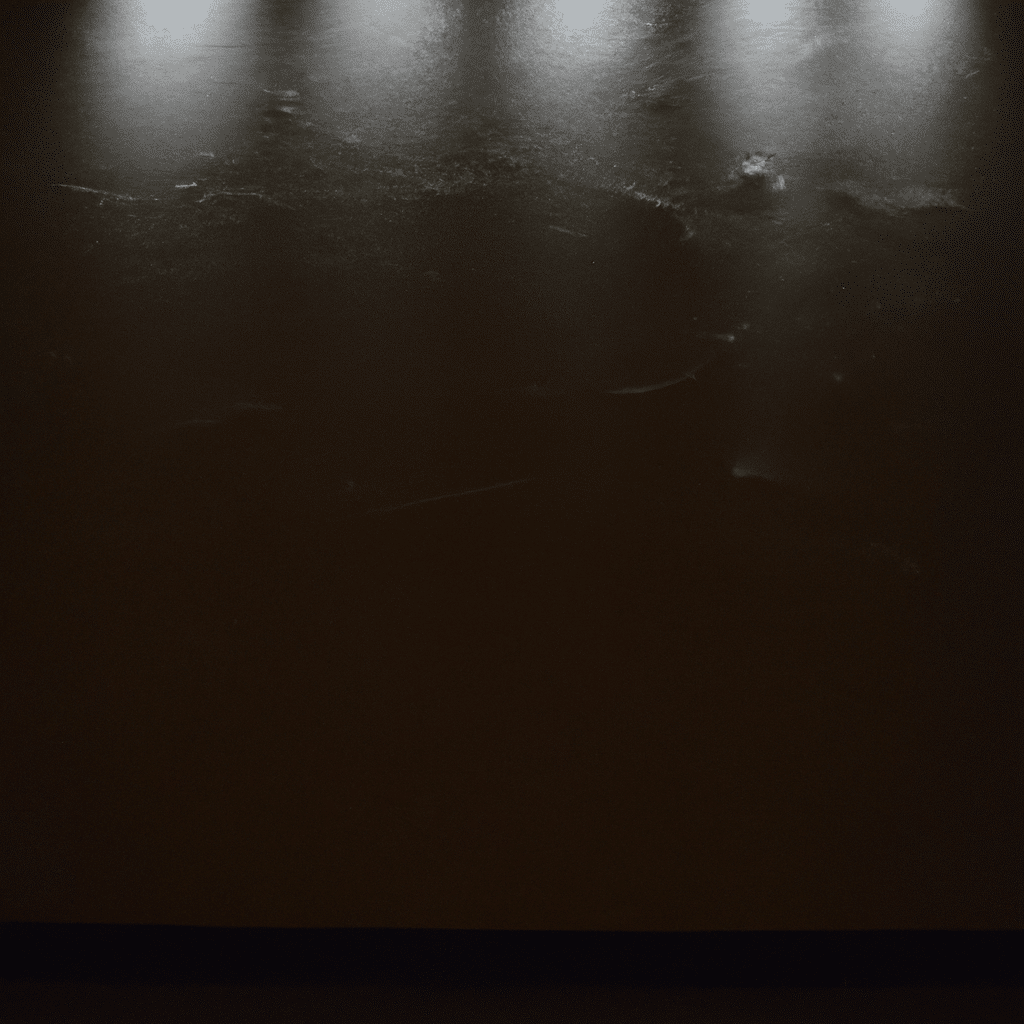
Welcome to the ultimate guide on LED lighting for artists. In this comprehensive article, we will explore how LED lights can enhance the colors and details in your artwork. Whether you are a painter, sculptor, or any other type of visual artist, the right lighting can make a significant difference in how your artwork is perceived. We will delve into the benefits of using LED lights, discuss key factors to consider when choosing LED lighting for your studio, and provide practical tips on how to optimize your lighting setup for the best results. Let’s dive in!
Why LED Lighting?
LED (Light Emitting Diode) lighting has revolutionized the art world with its numerous advantages over traditional lighting sources. LED lights offer a wide range of color temperatures, allowing you to achieve precise lighting conditions that accurately represent the colors in your artwork. Unlike traditional incandescent or fluorescent lights, LEDs emit very little heat, reducing the risk of heat damage to delicate materials or artworks. LED lights are also highly energy-efficient, consuming significantly less electricity while providing excellent brightness and color rendering.
Choosing the Right LED Lights for Your Studio
When it comes to selecting LED lights for your art studio, there are a few key factors to consider. Let’s explore them in detail:
Color Temperature
Color temperature plays a crucial role in setting the mood and enhancing the colors in your artwork. LED lights come in a variety of color temperatures, typically measured in Kelvin (K). Lower Kelvin values (e.g., 2700K) produce warm, yellowish light, while higher Kelvin values (e.g., 6500K) emit cool, bluish light. It is essential to choose LED lights with a color temperature that complements your artwork and creates the desired ambiance.
CRI (Color Rendering Index)
The Color Rendering Index (CRI) indicates how accurately a light source can reproduce colors compared to natural sunlight. A higher CRI value (ranging from 0 to 100) signifies better color rendering. For artwork that relies heavily on accurate color representation, such as paintings or photographs, it is recommended to choose LED lights with a CRI of 90 or above.
Dimmability
Having the ability to adjust the brightness of your LED lights can be beneficial when working on different types of artwork. Dimmable LED lights allow you to create the perfect lighting conditions for your specific needs, whether it’s highlighting intricate details or creating a soft, ambient glow. Make sure to choose dimmable LED lights that are compatible with your studio’s lighting system.
Light Distribution
Consider the beam angle and light distribution pattern of the LED lights you intend to use. Depending on your artwork and studio layout, you may require lights with a narrow or wide beam angle. Additionally, pay attention to any glare or unwanted shadows that may be cast on your artwork and ensure the chosen LED lights provide even illumination across the entire surface.
Optimizing Your LED Lighting Setup
Now that you have chosen the right LED lights for your studio, it’s time to optimize your lighting setup for the best results. Here are some practical tips to consider:
Positioning
Proper positioning of your LED lights is essential to achieve optimal lighting conditions. Experiment with different angles and distances to find the best arrangement that highlights the colors and details in your artwork. Avoid positioning lights too close to the artwork, as it may cause unwanted shadows or hotspots.
Layered Lighting
Consider incorporating layered lighting techniques to add depth and dimension to your artwork. By using multiple LED lights strategically placed at different angles, you can create interesting shadows and highlights that enhance the overall visual impact of your artwork.
Color Temperature Control
Take advantage of LED lights’ flexibility in color temperature to experiment and find the perfect lighting atmosphere for your artwork. Depending on the mood or theme of your piece, you can adjust the color temperature to evoke different emotions and enhance specific color palettes.
Avoiding UV Damage
LED lights emit very little ultraviolet (UV) radiation, making them a safer choice for illuminating sensitive artwork. UV radiation can cause fading and deterioration of pigments over time, so using LED lights helps preserve the vibrancy and longevity of your artwork.
Consistency in Lighting
For artists working on a series of artworks or exhibitions, maintaining consistency in lighting conditions is crucial. LED lights offer excellent color consistency and stability, ensuring that your artwork is consistently represented across different lighting setups or locations.
Conclusion
Congratulations on completing the ultimate guide to LED lighting for artists! We have explored the benefits of using LED lights in enhancing colors and details in your artwork. By choosing the right LED lights, considering factors like color temperature, CRI, and light distribution, you can create an optimized lighting setup that beautifully showcases your artistic creations. Remember to experiment, adjust, and fine-tune your lighting arrangement to achieve the desired visual impact. With LED lighting, you have the power to transform your artwork and captivate viewers with stunning colors and intricate details. Happy creating!



